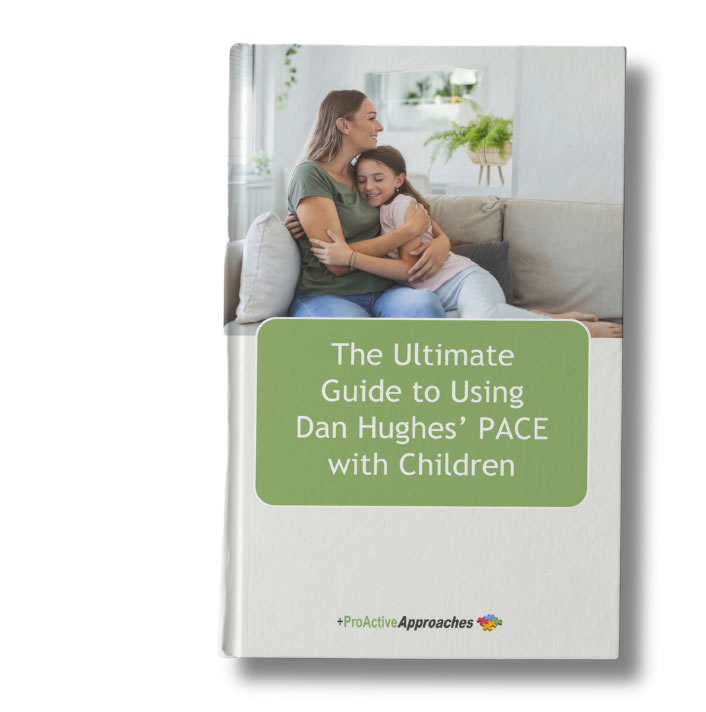Creating Compassionate Communication
In foster care, the way we speak about and to young people has a profound impact. Language isn’t just words—it’s how we connect, understand, and support those in our care. By adopting trauma-informed language, we respect each child’s journey and recognise their resilience.
Describe Experiences, Not People
– Avoid: “difficult child”
– Use: “child experiencing complex emotional responses”
– Avoid: “problem behaviour”
– Use: “stress-based survival strategy”
Every child’s behaviour tells a story. When we shift our language from labelling to recognising, we open pathways to healing and support.
Recognise Adaptation, Not Deficit
– Avoid: “manipulative”
– Use: “communicating unmet needs”
– Avoid: “attention-seeking”
– Use: “seeking connection” or “signalling distress”
Children adapt to their environments in the best ways they know. Understanding these adaptations allows us to meet their true needs with empathy.
Contextualise Responses
– Avoid: “aggressive”
– Use: “dysregulated” or “experiencing a protective response”
– Avoid: “acting out”
– Use: “expressing unprocessed emotional experiences”
Children’s responses are often protective. We can provide better support and safety by seeing past the label to the context.
Language of Development
– Avoid: “well-behaved” vs “badly behaved”
– Use: “developing emotional regulation skills”
– Avoid: “compliant”
– Use: “learning relational patterns”
Focus on growth, not judgment. Every child is on a unique developmental journey.
Specific Terminology Replacements
Describing Young People
– Avoid: Troublesome, Hard to reach, Challenging
– Use: Young people with complex experiences, Young people developing adaptive strategies, Young people navigating challenging life circumstances
Foster Carer Interactions
– Avoid: Controlling behaviour
– Use: Supporting co-regulation
– Avoid: Managing young people
– Use: Supporting young people’s developmental journey
Emotional States
– Avoid: Emotional outbursts
– Use: Emotional expression
– Avoid: Meltdown
– Use: Overwhelmed nervous system response
Organisational Language
– Avoid: Behaviour management, Challenging Behaviour
– Use: Developmental support, Responses
– Avoid: Risk assessment
– Use: Safety and support planning
Guiding Questions for Language Use
When choosing your words, consider the following:
1. Does this language recognise the young person’s underlying experience?
2. Am I describing a behaviour or judging a person?
3. Does this terminology reflect understanding or blame?
4. Would I be comfortable being described this way?
Examples of Transformed Language
Before (Problematic):
“The difficult child was acting out, causing problems for staff and disrupting the home environment.”
After (Trauma-Informed):
“The young person was experiencing significant emotional dysregulation, signalling unmet developmental needs that required compassionate, co-regulatory support.”
Key Linguistic Shifts
– From Control to Connection: Building trust through open communication.
– From Compliance to Understanding: Valuing children’s perspectives.
– From Managing Behaviour to Supporting Development: Encouraging growth.
– From Problem-Focused to Relationship-Centred: Prioritising emotional safety.
Practical Implementation
1. Team Glossary: Create a shared list of trauma-informed terms.
2. Language Awareness Training: Regular staff training sessions.
3. Reflective Discussions: Facilitate conversations around communication.
4. Documentation Templates: Update formats to reflect compassionate language.
5. Peer Review Processes: Implement reviews of written materials for consistent language.
Why Language Matters
Language shapes how we perceive, relate, and heal. Using trauma-informed language strengthens our daily interactions and supports the well-being of every young person in foster care. Each conversation becomes an opportunity to uplift, empower, and nurture.
Continuing the Conversation
Language is an ever-evolving tool. Let’s commit to refreshing and refining our approach regularly. By involving young people in this evolution, we ensure our communication remains grounded in real-world experience and ever-growing understanding.
Let’s remember that words have power – the power to heal, connect, and support transformation. By using thoughtful language, we honour the incredible resilience and potential within each young person we care for.


